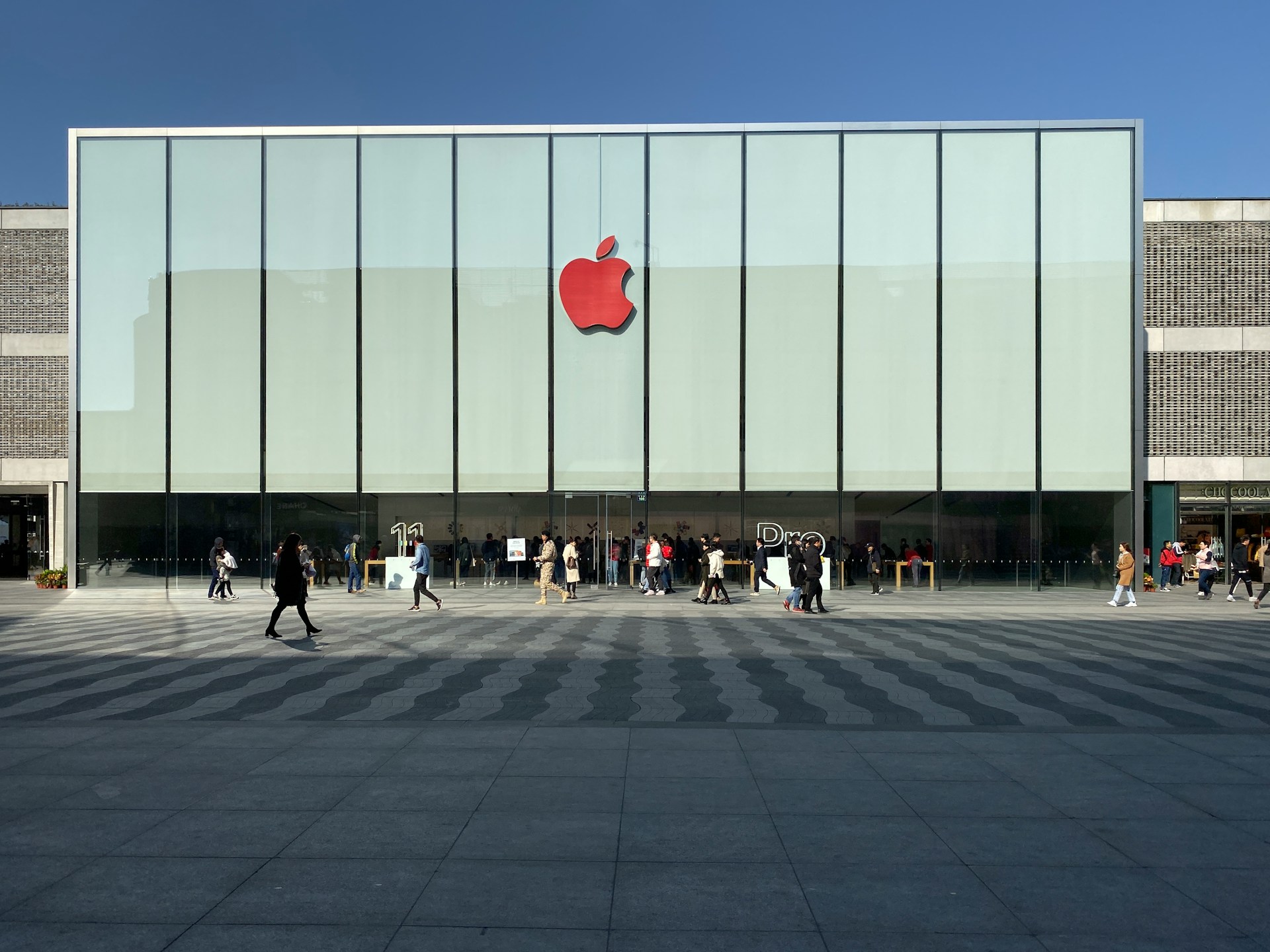Apple is preparing several new features for its Smart Home system, HomeKit, which will be introduced with iOS 18, iPadOS 18, and macOS 15. These updates will include support for new hardware as well as enhanced customization options for HomeKit settings. Additionally, the system will, for the first time, be able to collect data from electricity and gas grids, though this feature will initially only be available in the USA.
Define Your Favorite Home Hub and Integrate Guests
With iOS 18, users will now be able to define a “preferred Home Hub” for the first time. Home Hubs are devices that connect the HomeKit network to the internet, enabling remote control. These can be HomePod devices or Apple TV boxes, but iPads, at least with the new home architecture, will no longer serve this function. Beta testers of iOS 18 have reported that the Home app now includes a selection menu that allows the choice of a “Preferred Home Hub.” This hub will be the default one addressed. This feature can be useful if one of the Home Hubs has a better Wi-Fi connection than the other, as HomeKit tends to use the one with a poorer connection. Currently, this function only works with Apple TV devices since Apple has not yet released beta firmware for HomePod (1 and 2) and HomePod mini.
Another new feature is called “Customize Access.” This allows users to determine when a HomeKit guest can access specific devices such as door locks, garage openers, or alarm systems. A new express mode for door locks activates as you approach, so you no longer need to hold your Apple Watch or iPhone to the lock. However, this only works if both the phone and watch, as well as the lock, have Ultra-Wideband (UWB) technology, which is still quite rare.
More Devices Supported – Plus Electricity and Gas Data
Apple now supports additional devices for HomeKit control. These include robot vacuums with cleaning modes and mop functions. It is hoped that more Matter data will be shared in the future. Additionally, the integration of data from electricity and gas grids is new.
In the USA, providers like PG&E will supply consumption information directly to the Home app, allowing users to view their current consumption. It remains unclear whether this feature will also be available in Europe.

